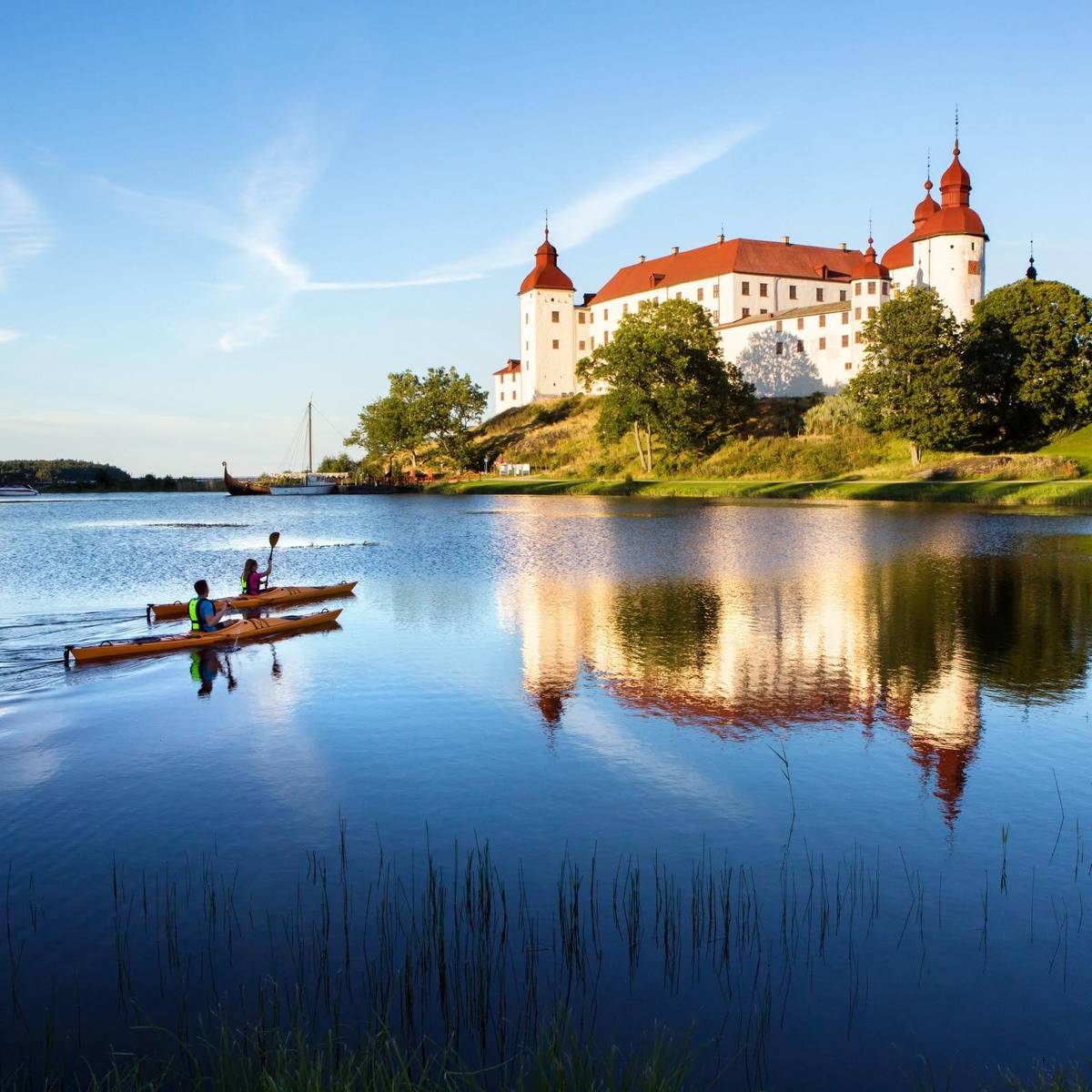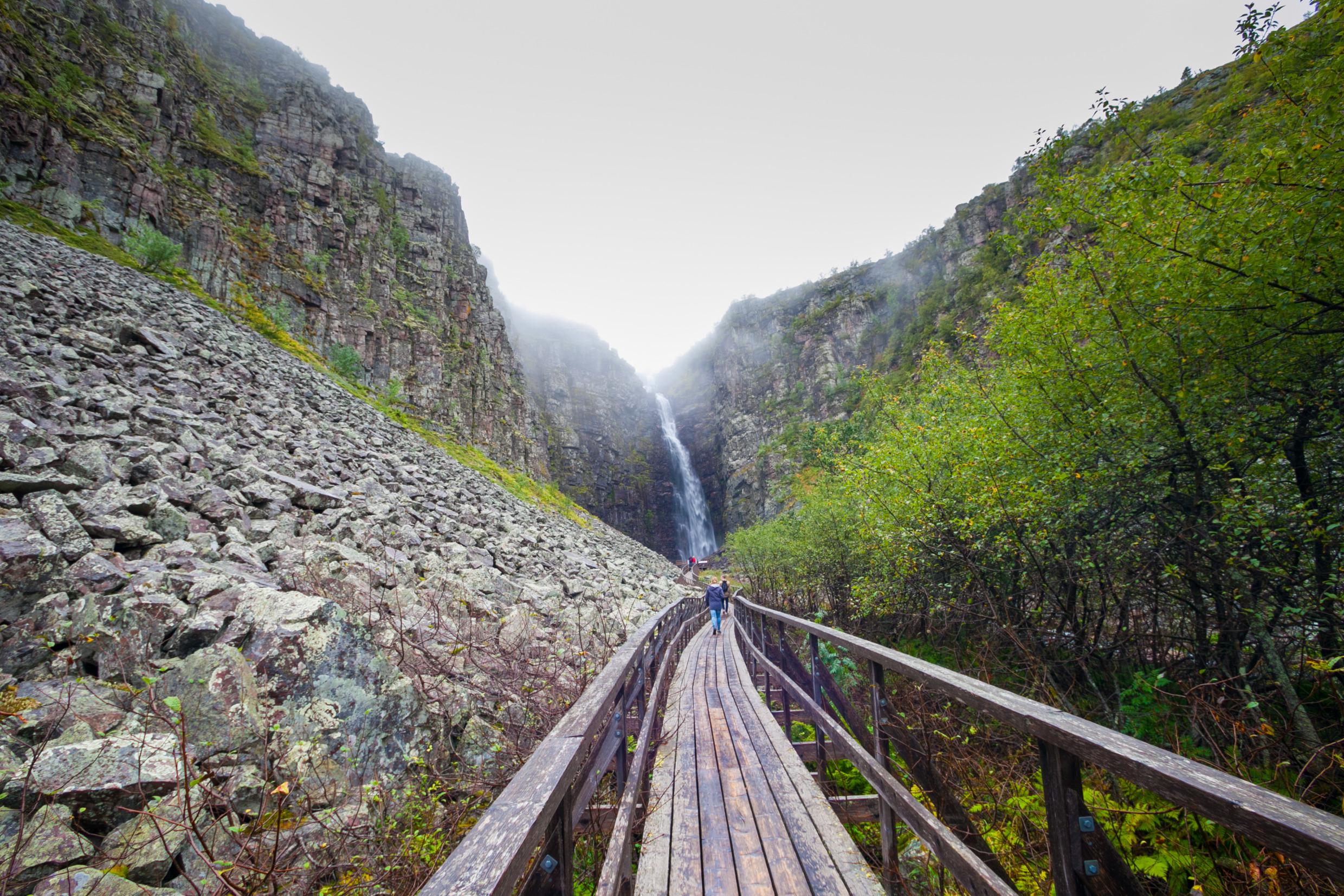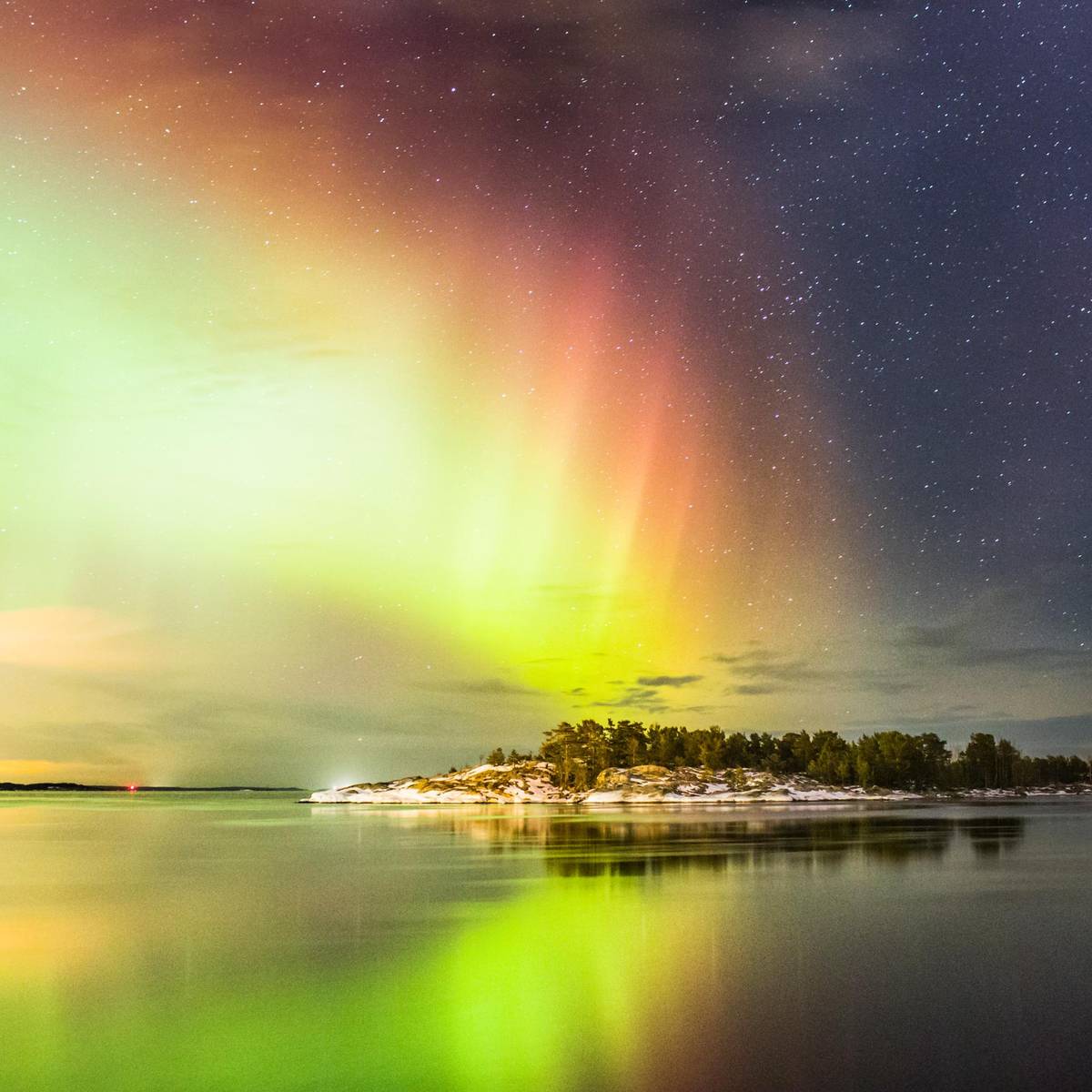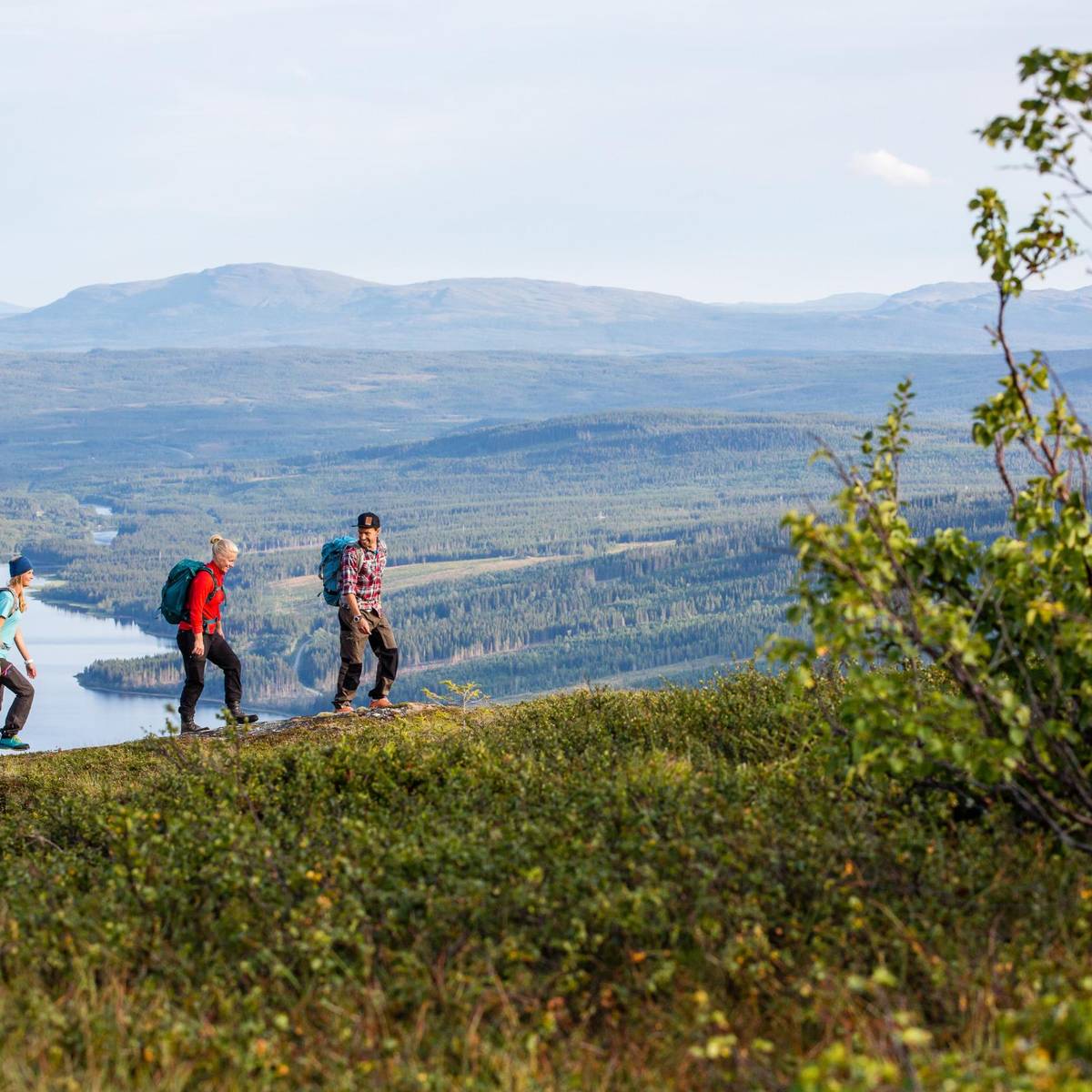Dotted along the length and breadth of the country, you’ll find a variety of accessible waterfalls in Sweden’s national parks and nature reserves. Year-round destinations, waterfalls change significantly throughout the year, according to fluctuating water levels and season. In Wintertime, cascades typically transform into vertical sheets of ice, frozen in time – making it possible to walk under a waterfall or tour hidden caves, normally out of reach.
As the warmer months beckon and spring floods burst forth, waterfalls are often at their most impressive. In summer, enjoy a spot of wild swimming or hiking, but remember to always take extra care near waterfalls as the terrain can be slippery. If you’re in a national park or nature reserve, be sure to follow the park rules, both for your own safety and to protect the biodiversity of these special environments.
Listen to the soothing – or invigorating – sound of water and take in the views.
Here is a selection of accessible waterfalls in Sweden and how to visit them, from north to south.









